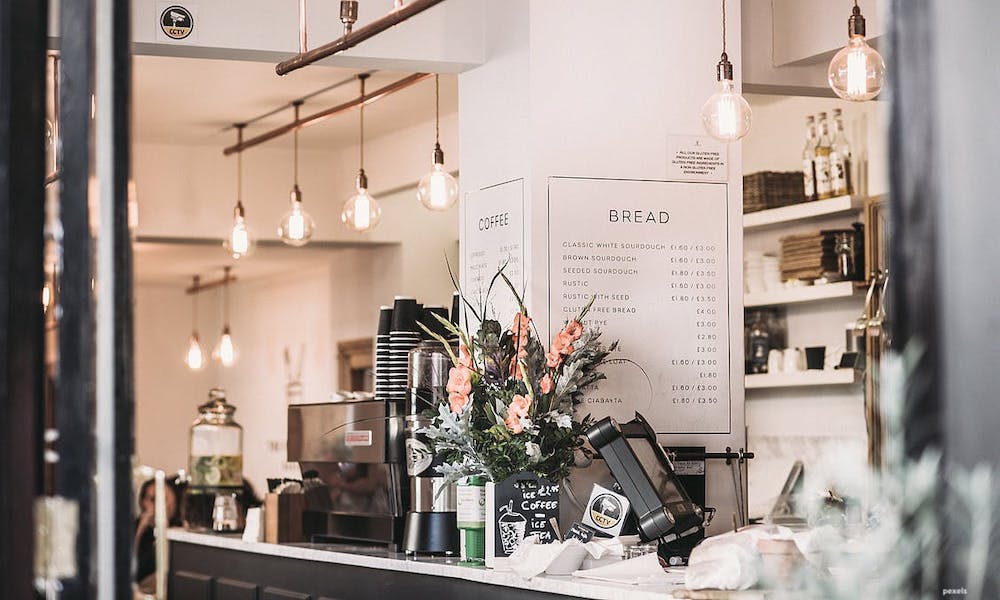Management
Economic Opportunities of Reducing Food Waste in the Hospitality Sector
Food waste has been a hot topic for some time now in the hospitality industry, and also in terms of domestic waste. While the UK hospitality industry is far from one of the worst offenders globally when it comes to wasting usable food, we do, according to research, waste about one in six of the meals we make, and obviously this affects our bottom lines.

Food waste has been a hot topic for some time now in the hospitality industry and also in terms of domestic waste. While the UK hospitality industry is far from one of the worst offenders globally when it comes to wasting usable food, we do, according to research, waste about one in six of the meals we make, and obviously this affects our bottom lines.
The value of food wasted annually in UK hospitality is estimated at £2.5 billion, and naturally, this is money we would rather not be literally throwing away. If we can find means to reduce waste both in terms of our suppliers and what we actually produce in our hotels, restaurants, pubs and cafes, then we stand to become far more cost-efficient as an industry – as well as being greener.
Challenges of Reducing Waste
One of the biggest challenges with trying to avoid waste is that to do that, you need to be able to predict accurately how much food to buy to cover your customers and offer enough menu variety. Unless you use freezers heavily, having enough food to offer a good range of options generally means having more of everything than will actually be ordered. Solutions can be found in things like designing menu specials that use up things you over-purchased for the previous day or preserving unused food for future use. However, this can be difficult in some kitchens or in the type of places where foods that simply lose their value after their immediate freshness is gone are sold, such as bakeries.
Measuring Waste
Just about every hospitality business can stand to make some financial savings by reducing waste in one way or another, and the best place to start is to look at measuring how much waste you throw away, and where this occurs. Monitoring food waste can offer a good insight into where you could make changes that will improve your profitability – which is important whether you are a small independent company or a big hospitality brand concerned with the people investing in your business through share dealing. Could some menu items create more waste than others, and could they be replaced? Are your portions too big for most customers, leading to waste at the table? You can only find out by measuring waste.
The Wonky Vegetable Matter
This week, people in the hospitality industry were urged to consider buying ‘wonky vegetables’ to use in recipes. These vegetables are of normal quality in terms of taste, texture and freshness but look less appealing when seen whole. Supermarkets tend to reject these unfortunate-looking vegetables and fruits for sale because the average consumer won’t choose an ugly piece of produce over one that looks, to their minds, as it should. So normally, these end up as food waste. By switching to suppliers of these rejected veggies, it is estimated that caterers, restaurants, and other food preparation businesses could save as much as 12 percent on the cost of them as ingredients. Naturally, when they have been sliced up and used in a recipe, their whole form’s wonky look becomes irrelevant, so this is a way to maintain quality and menu choice while saving money and reducing waste – everybody wins.
Making some simple changes may be enough for some businesses to save significant money, but the key thing to do is to start analyzing how much is wasted throughout your processes from supply to table.









